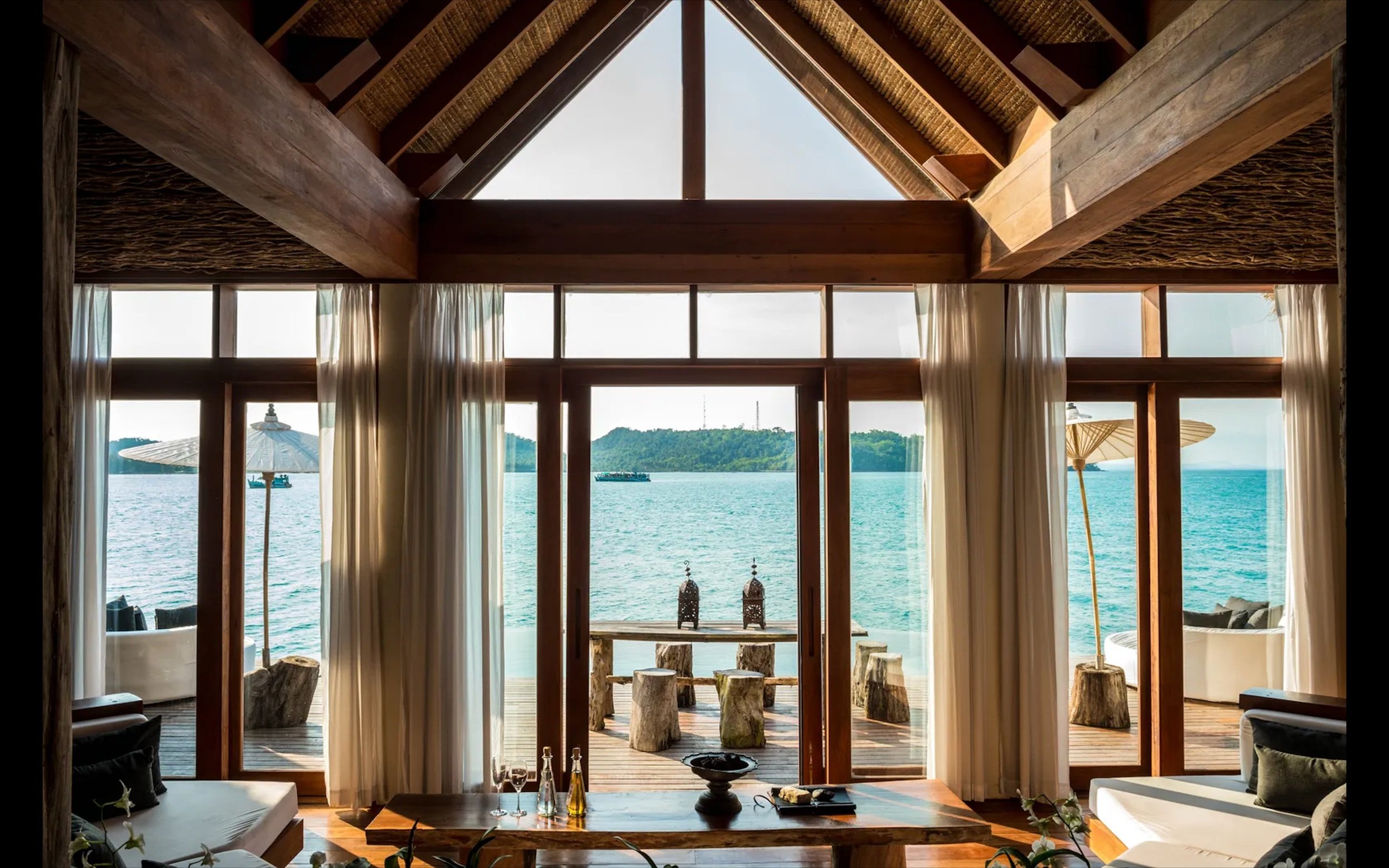Designing for Delight: How Lighting, Furniture, and Color Shape Guest Experience
Designing for Delight: How Lighting, Furniture, and Color Shape Guest Experience
Greetings, hospitality design enthusiasts! We all know the first impression a hotel lobby makes can set the tone for an entire stay. But what if we could go beyond aesthetics and create public spaces that subtly influence guest behavior and foster a sense of well-being? This is the magic that happens when we analyze how factors like lighting, furniture layout, and color psychology shape guest experience.
Decoding Guest Behavior Through Design Elements
Today's travelers are more than just tourists; they're experience seekers. They crave personalized experiences that cater to their individual needs and preferences. By analyzing how lighting, furniture, and color influence guest behavior, we can design public areas that resonate with them on a subconscious level.
Lighting: The Master Conductor
Imagine stepping into a hotel lobby bathed in warm, inviting light. This isn't just about aesthetics; it's about creating a sense of calm and relaxation. Conversely, bright, focused lighting energizes a space, perfect for a co-working area where guests need to be alert and productive. By strategically using different lighting techniques, we can create distinct zones within a public space. Think of a lobby with a brightly lit reading nook and a lounge area with soft, diffused lighting that encourages conversation.
Furniture: The Silent Director of Flow
Ever walk into a lobby and feel a natural flow, intuitively guiding you towards different zones? This is no accident! Strategic furniture placement plays a big role. Well-placed pieces create a sense of flow and purpose. Imagine a lobby entrance with a designated luggage drop-off area and easily accessible restrooms. Scattered armchairs and coffee tables encourage conversation, while high-backed chairs and individual workspaces offer a sense of privacy for focused tasks. By analyzing guest behavior and movement patterns, we can use furniture to guide guests towards desired activities and interactions.
Color Psychology: The Chameleon of Mood
Color is a powerful design tool that evokes different emotions. Think about using cool blues and greens to create a sense of calm in the spa area, promoting relaxation and rejuvenation. In the restaurant space, pops of vibrant yellows and oranges can stimulate appetite and create a lively atmosphere. By understanding color psychology, we can use color palettes to subtly influence guest behavior and set the mood for different areas within the hotel.
Personalization: The Finishing Touch
Incorporating a touch of personalization can further enhance the experience. Think about offering a variety of seating options – plush armchairs for relaxation, ergonomic chairs for work, and high stools for those who prefer to stand and chat. Providing easily accessible charging stations in public areas caters to the tech-savvy traveler. These subtle touches go a long way in making guests feel like their needs are understood and anticipated.
Designing for Delight: A Lasting Impact
By analyzing the influence of lighting, furniture layout, and color psychology on guest behavior, we can design public areas that are not just functional but truly inviting. We can create a sense of place that resonates with guests, making their stay more comfortable, memorable, and ultimately, more enjoyable. This is the true essence of designing for delight.
So, the next time you step into a beautifully designed hotel lobby, take a moment to appreciate the invisible forces at play. The warm lighting, the comfortable seating, and the calming color scheme – it's all part of a well-orchestrated symphony designed to make you feel right at home.



